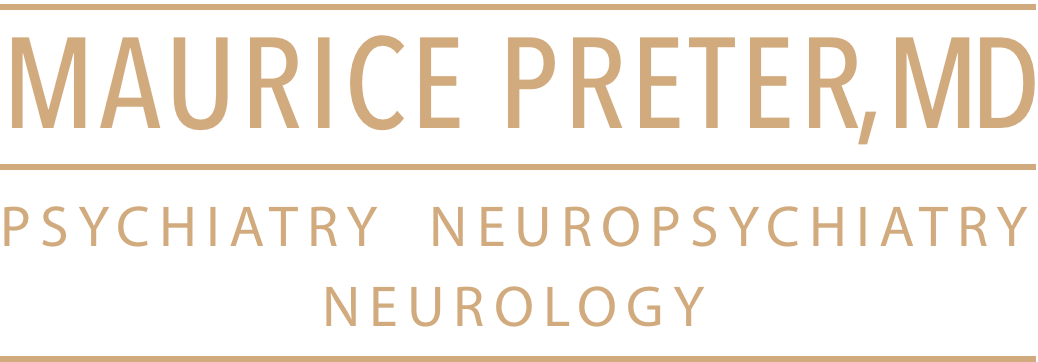Category Archives: Psychiatry/Neurology
Feeling dead tired? Scientists may finally be on the verge of learning why too little sleep is inevitably fatal.
Inside a series of tubes in a bright, warm room at Harvard Medical School, hundreds of fruit flies are staying up late. It has been days since any of them have slept: The constant vibrations that shake their homes preclude rest, cling as they might to the caps of the tubes for respite. Not too far away in their own tubes live other sleepless flies, animated with the calm persistence of those consigned to eternal day. A genetic tweak to certain neurons in their brains keeps them awake for as long as they live. Continue reading
Efficacy and Safety of Tremella fuciformis in Individuals with Subjective Cognitive Impairment: A Randomized Controlled Trial
The efficacy and safety of Tremella fuciformis (TF) as a nutritional supplement were assessed in individuals with subjective cognitive impairment (SCI). Seventy-five individuals with SCI were enrolled in an 8-week, randomized, double-blind, placebo-controlled trial of TF (600 mg/day, n = 30 or 1200 mg/day, n = 30) or placebo (n = 15). The primary outcome measure was changes in total scores of the subjective memory complaint questionnaire. The secondary outcome measures were changes in performance on short-term memory and executive functions, which were assessed using standardized cognitive tests. In addition, voxel-based morphometry was performed to examine the effects of TF on changes in gray matter volume. The individuals in the TF group showed greater improvements in the total scores on the subjective memory complaint questionnaire compared with those in the placebo group. There were also significantly greater improvements in short-term memory and executive functions in the TF group relative to the placebo group. Exploratory analysis demonstrated that there were significant group-by-visit interactions on the left precuneus, right supramarginal gyrus, right middle frontal gyrus, and right postcentral gyrus at corrected P < .05. Overall frequency of adverse events did not differ among high-dose TF (40.4%), low-dose TF (35.1%), and placebo groups (41.4%). The current findings suggest that TF could be safely administered to relieve subjective memory complaints and enhance cognition in individuals with SCI. Continue reading
Tremella polysaccharide: The molecular mechanisms of its drug action
Review Prog Mol Biol Transl Sci . 2019;163:383-421. doi: 10.1016/bs.pmbts.2019.03.002.Epub 2019 Apr 1. Tremella polysaccharide: The molecular mechanisms of its drug action Dandan Yang 1, Yong Liu 2, Lijuan Zhang 3 Affiliations expand PMID: 31030755 DOI: 10.1016/bs.pmbts.2019.03.002 Abstract Tremella fuciformis is an edible medicinal … Continue reading
Finally some good news. Snow (white) mushroom soup (Tremella fuciformis)
Tremella fuciformis is an important edible mushroom that has been widely cultivated and used as food and medicinal ingredient in traditional Chinese medicine. In the past decades, many researchers have reported that T. fuciformis polysaccharides (TPS) possess various bioactivities, including anti-tumor, immunomodulatory, anti-oxidation, anti-aging, repairing brain memory impairment, anti-inflammatory, hypoglycemic and hypocholesterolemic. The structural characteristic of TPS has also been extensively investigated using advanced modern analytical technologies such as NMR, GC-MS, LC-MS and FT-IR to dissect the structure-activity relationship (SAR) of the TPS biomacromolecule. This article reviews the recent progress in the extraction, purification, structural characterization and applications of TPS. Continue reading

